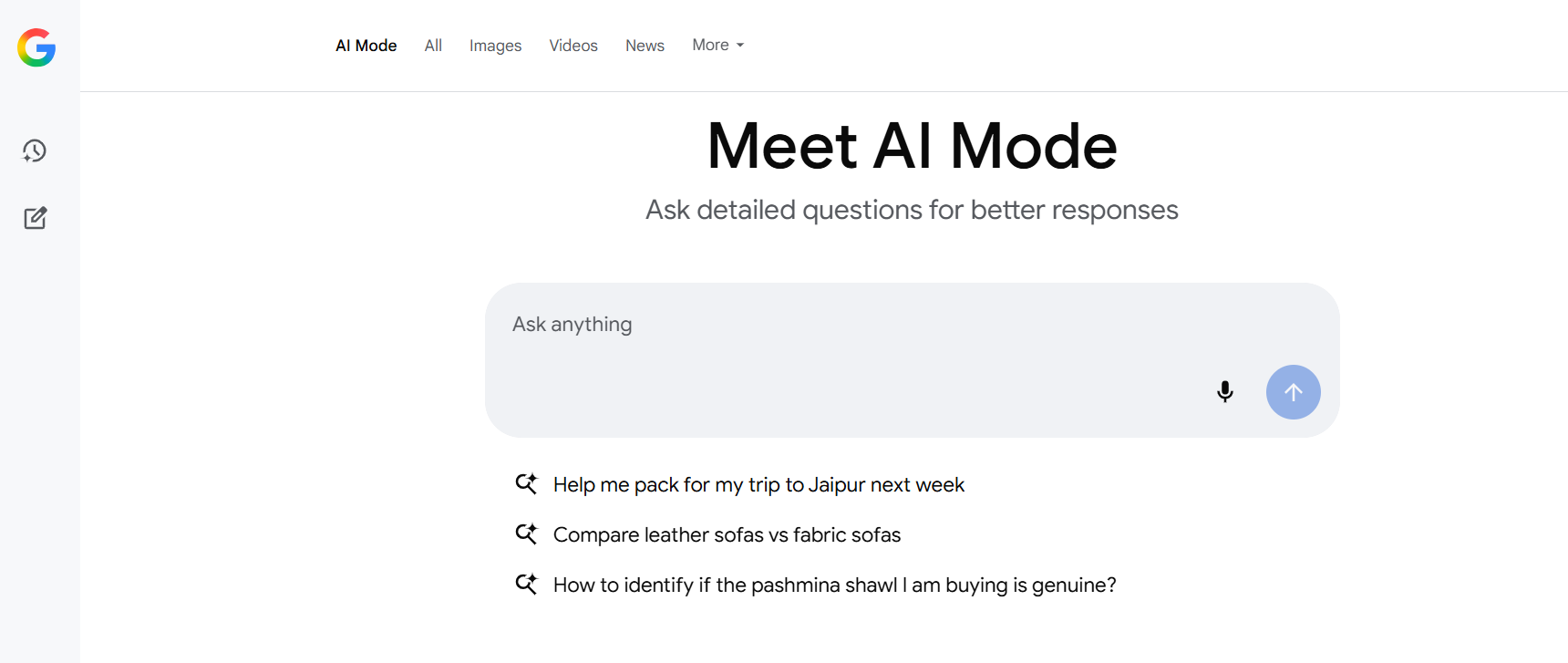The impact of the covid-19 pandemic has been witnessed across multiple industries, but the ones which have managed to show positive growth had to go through several adjustments in the existing structure. The businesses of the retail sector had to adapt accordingly to still have sales throughout the pandemic process. The physical business structure through stores and supermarkets got terribly impacted by the restrictions and customer tendencies that came along with the covid-19 pandemic. Except for the highly essential product shops, all other physical stores were not allowed to remain open, keeping the virus spread in consideration.
Online purchase through digital platforms was facing a steady growth already before the pandemic, but during the covid-19 situation, online purchases escalated immensely. Online purchases were adapted by more customers mainly due to the need of the products which were only available for purchase through the online platforms of e-commerce. Once the customers could witness the simplicity and benefits of the e-commerce process they easily become frequent shoppers.
When the order gets placed only by a few clicks and the product directly arrives at the doorstep then the advantage of e-commerce over physical stores can be immediately witnessed. The financial transactions are also made more trouble-free when the payments are done digitally at the time of purchase. The e-wallet and net banking payments also got increased by a lot automatically when the e-commerce use escalated. The increase in financial transactions has also contributed to the country’s Finance sectors by gaining popularity and efficiency of money transfers. Many businesses that noticed the trend and launched their digital business in the form of e-commerce survived from facing huge losses. The period for which states faced complete lockdown was huge and many businesses had even filed for bankruptcy over this time, several jobs were lost and many people faced a financial crisis.
The sudden shift to e-commerce during the covid pandemic
Several businesses which were mostly e-commerce based received a rapid boost in sales and demand during the covid-19 pandemic phase. On the other hand, conventionally operated physical stores had to dig up savings for their daily expenditures with no sign of respectable sales. As per the study and analysis conducted by IBM on their US Retail Index, it becomes very clear that the pandemic has boosted the shifting process which involved customers preferring online or electronic shopping rather than physical store visits. The supermarkets and departmental stores have been witnessing a sharp decline in customer engagement which increased to an astonishing seventy-five percent decline in sales.
The statistics for sales percentage also indicate that citizens developed a newfound clarity regarding the products which fall into the necessary and urgent category for them. The items like groceries, household items, cleaning products, and even alcohol received an increase in the sales numbers throughout the pandemic. The demand for new clothing got a little bit declined in the prime phases of Lockdown over the states. The decrease in demand seemed highly logical and appropriate as offices were running in “Work From Home” mode and other organizations like schools and colleges were also closed. The occasional gathering for events or parties also made customers buy new clothes frequently, but the same need got eradicated during the pandemic.
The covid-19 induced Lockdowns which got relaxed and then again inflicted led to the understanding that Omnichannel structure is the ideal format of business in similar situations to a pandemic. The popularity of brands and platforms also got shuffled in the pandemic phase and this happened due to the availability and price structure of the products. When talking about supermarkets and departmental stores, experts of the e-commerce industry suggest adapting and implementing an Omnichannel setup as soon as possible. Several customers have gotten used to the e-commerce structure of buying nearly everything online and it’s going to be very difficult for the department stores to make their customers return.
They would need to transform their business digitally and build an omnichannel structure. An e-commerce platform in which orders can be placed will be a must-have for the supermarkets and departmental stores. They should allow the feature of store pickup by placing the orders priorly in the online platform. They also need to allow delivery options at least for large quantity orders. By using these Omnichannel strategies it might be possible for the departmental stores to bounce back and compete with the leading e-commerce platforms in terms of sales. Many supermarket giants had strategically shifted to Omnichannel format at the beginning phase of the pandemic that’s how they had been able to maintain their sales and hold onto their loyal customers.
Covid dominated changes in the product distribution structure
The process in which products are distributed from the warehouse showcased in physical stores and delivered to customers got changes in dynamics due to the covid-19 pandemic. The concept of contactless payments made customers develop further trust in various e-commerce facilities. The category which mostly benefited from these feature integrations was the food delivery businesses. For most of the products, customers had the option to sanitize the item before actually using it. But when it comes to the prepared food section there is no way to sanitize it.
The heating process would have killed the virus but the delivery process was still not being secured. This is why the businesses adapted to the process of contactless delivery and contactless payments. The delivery of the products happened in a more protected way by the use of gloves and mechanical support which minimized human handling. For more safety products or food items were being left at the doorstep after intimation so that exchange through hands could also be avoided.
The brands and companies who were noticed by the customers to follow covid-19 protocols in their organizations and product delivery structure were the ones who got chosen repeatedly. The payment process was also transformed and a huge number of customers were choosing to make payments at the time of order placement instead of choosing “Cash-on-Delivery”. Digital wallets, credit cards, net banking, debit cards were all being witnessed to be used more frequently for contactless payments. This also eradicated the cash handling for paying delivery executives that often had to be made in the exact amount. When customers get habituated to payments beforehand and just receive the product at the delivery time then the COD options start seeming more complicated. Statistics also suggest that the number of customers who used pre-payment methods on e-commerce platforms increased by twenty-three percent.
The trends of shopping through social media platforms
The power of social media got further utilized at the time of the covid pandemic and e-commerce platforms got closely integrated with social media platforms. The escalated online purchase had partly been responsible for new businesses to be discovered by the users and have rapid growth. Many small and medium-scale businesses that had a strong social media presence with highlights on the e-commerce portal were able to cultivate immense sales with more enhanced engagement. It was possible to place orders without even creating an account on dedicated e-commerce platforms.
The large-scale brands who had noticed the opportunity had also used social media influence to direct customers to the e-commerce portal and allow a more comfortable experience to the shoppers. The social media accounts and advertising sections were used with such intelligence that the product click could directly take the customer to the e-commerce platform with one-step login and direct addition of the product in the cart. The showcasing of new products, initiatives, and any new visual information were easily conveyed through the social media platforms.
Low-cost CMS based e-commerce platforms use
The conventional shops and stores which ran on a non-professional type structure also started taking benefits from e-commerce facilities. The small-scale stores were also being witnessed to make use of digital technologies while some even ventured into e-commerce. The Content Management System Based platforms in existence allowed small-scale stores to afford a website by self-creation process. Along with a monthly subscription model, it was possible to maintain a website from which the small grocery stores, stationery shops, milk vendors, and similar local businesses were getting operated through the e-commerce model. For the delivery purpose, third-party platforms were available that dedicatedly fulfilled the tasks of delivery.
The low-cost CMS-based platforms were also utilized by restaurants, food and beverage outlets, and even bars. Having a dedicated e-commerce platform at least with the basic features lets customers place orders directly from the store and check through all the options and details in the present situation. The multi-vendor online marketplaces also witnessed a rise in vendor count and were further updated so that a huge number of store owners can create their accounts and receive online orders through the third-party e-commerce platform. When operating through an account in a multi-vendor e-commerce platform, the responsibilities of the store owner get reduced by a lot, as these platforms often have delivery facilities as well.
The D2C trend and the Pay Later model
The structure of selling products and services directly to customers had gained huge momentum during the pandemic. Many brands are operating purely on the D2C model and have immense engagement including daily interactions with the customers. For bringing necessary changes and developments in the business the D2C model provides more advantages as getting customer feedback and their website browsing tendencies can be obtained. When an e-commerce website is launched, if the platform is equipped with modern analytics tools then various insightful data could be collected on customer trends. The other encouraging perspective is that customers accepted and indulged in direct buying in a way more adaptive form than anticipated by most e-commerce experts.
Several giant companies of the e-commerce industry have been benefiting from the introduction of the Pay Later model. This allows direct credit to the customers without using a third-party credit card in the model. During the pandemic phase when many people were facing problems with money, the pay later option was opted by a large number of customers. Fragmental payments were also possible to be obtained in the format of a loan. A primary payment needed to be done for the total amount on the order and the rest was possible to be paid in the form of installments. This lets e-commerce platforms have a noticeable increase in sales due to the new payment structure which was more preferred by several customers.

 Web and Full Stack
Web and Full Stack CMS and Frameworks
CMS and Frameworks Online Marketing
Online Marketing Cloud Services
Cloud Services ECommerce
ECommerce Mobile
Mobile



